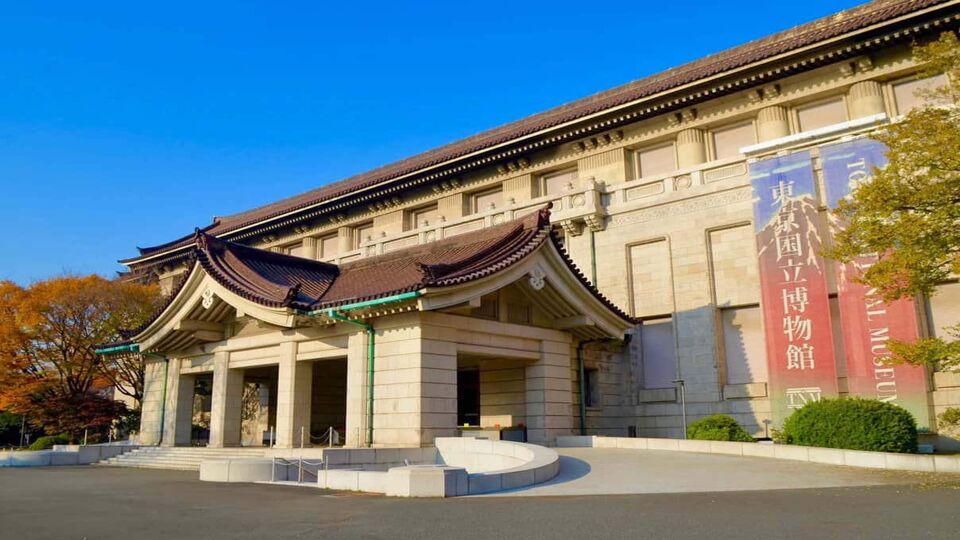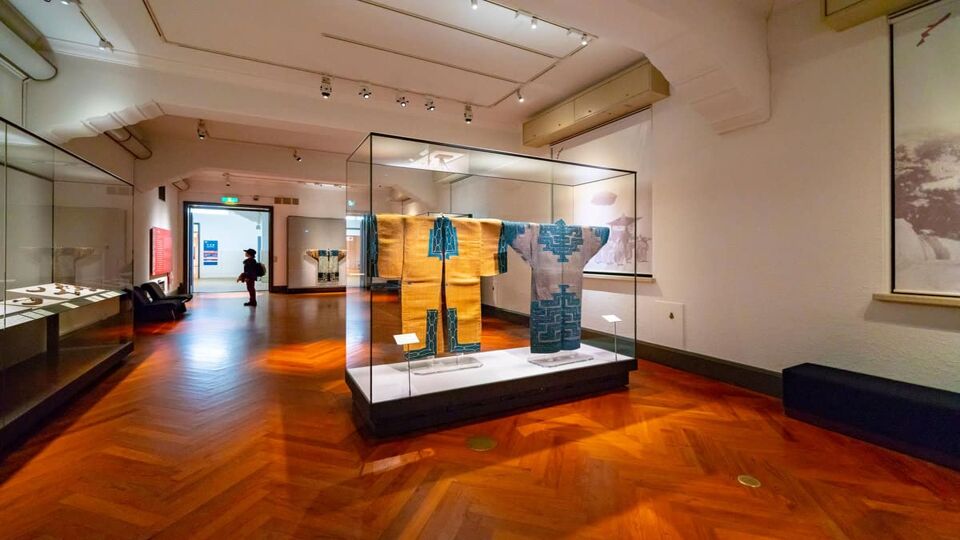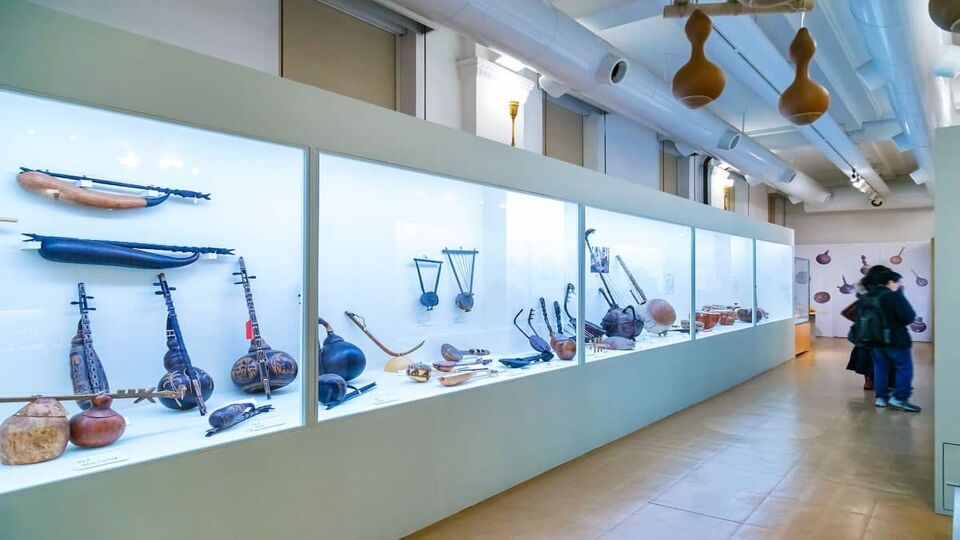
Travel bucket list idea:
Tokyo National Museum
Tokyo, Kanto, Japan

Ueno Park’s best museum, and Japan’s oldest museum, is one of the largest art museums in the world.
The museum collects, preserves and displays collections of artworks and cultural objects from across Asia, with a focus on Japanese art. It holds over 110,00 cultural artefacts and artworks, including 89 National Treasures.
For anyone interested in Japan’s fascinating past of emperors, shoguns, samurais and more, this is a must-see. The museum collection includes everything from ancient Buddhist sculptures, to samurai armour and even tea ceremony utensils.
Know before you go
When Emperor Naruhito acceded to the Chrysanthemum Throne in 2019, he became the 126th Emperor of Japan. According to Japanese mythology, Naruhito’s lineage can be traced directly to Japan’s legendary first emperor, Jimmu, who rose to power in 660 BC.
Much of the early Imperial period is shrouded in mystery, but whether or not Jimmu ever existed, it’s thought that Japan has had an emperor for at least the last 1,500 years – sometimes functioning as a ruler, occasionally banished to exile, and often just holding a symbolic position (as now).
For most of Japan’s, past (1185-1868), shoguns (translated and shortened from ‘Commander-in-Chief of the Expeditionary Force Against the Barbarians’) were the real rulers of the country, carrying out the administrative duties and leading the military.
The rule of the shoguns ended in 1867, when the last shogun, Tokugawa Yoshinobu, relinquished the office to Emperor Meiji.
Logistics
Getting there & doing it
The museum is 10 minutes’ walk from Ueno or Uguisudani Station (JR Line), 15 minutes’ walk from Ueno Station (Ginza or Hibiya Tokyo Metro Line) or 15 minutes’ walk from Nezu Station (Chiyoda Tokyo Metro Line). There is no parking on site.
There’s no need to book tickets in advance – you can just turn up.
The museum website has a handy online map that explains the various sections of the museum. It’s a vast site with six different galleries, so it’s recommended to have a browse online first and make a plan for what you want to see before you go.
The museum also has two suggested itineraries – one for Japanes art and one for architectural highlights.
When to do it
The museum is open all year round, seven days a week.





